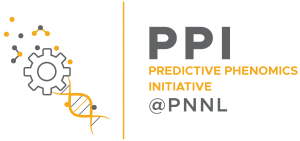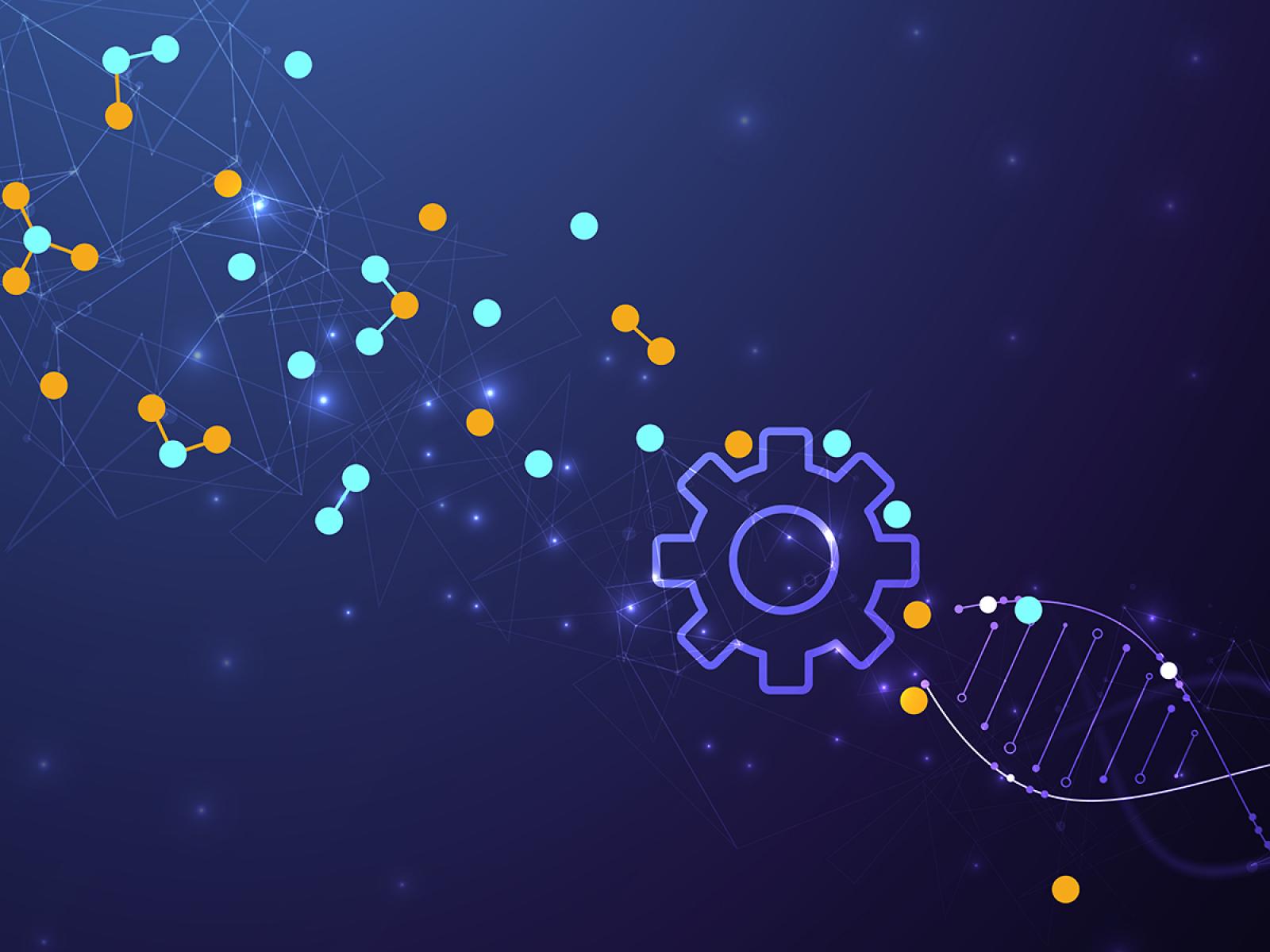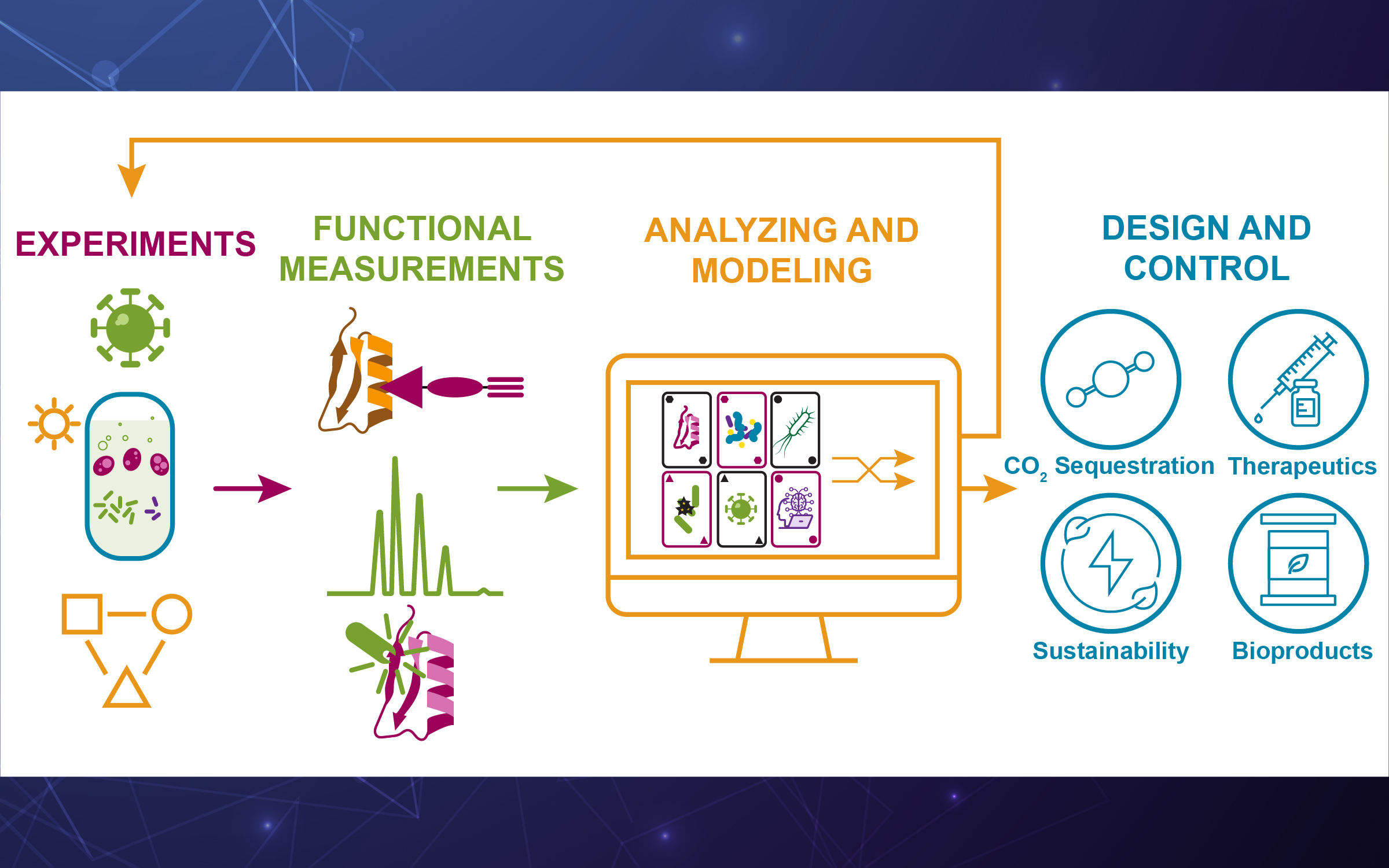
Predictive Phenomics
Predictive Phenomics
Predictive Phenomics will address the grand challenge of understanding and predicting phenotype by identifying the molecular basis of function and enable function-driven design and control of biological systems.

Illustration by Stephanie King

Related Divisions
Research topics
Lab-Level Communications Priority Topics
Biology
